Diamonds Are Girls' Best Friend
Labels: Accessories, Diamonds, Tips
Diamonds Are Girls' Best Friend
 Choosing A Diamond
Choosing A Diamond

Colour-Diamonds come in a myriad of colours to yellowish and brownish to the really rare - like pink, blue, green, red and so on. In general, the more colourless a diamond, the higher its value because it allows light to pass through easily, dispersing a rainbow colours upon exit.
However, that doesn't mean fancy coloured diamonds are worthles! Natural coloured diamonds are rare and therefore more expensive than colourless diamonds.
Clarity-Natural impefections in diamonds are called 'inclusions'. The lesser the inclusions, the more valuable the diamond. A stone will be graded according to the size, number, position, nature and colour of these inclusions. Clarity also refers to transparency. A good stone should not be milky or cloudy because will limit the amount of light it can reflect.
 Shape-Commonly confused with the cut o the stone, shape refers to the appearance of the diamond. The common shapes are round, princess, trilliant, heart, oval, emerald, marquise and radiant. "The round diamond shapes in Malaysia and in fact, around the world. It gives out the best fire and scintilation compared to other cuts." says Wong.
Shape-Commonly confused with the cut o the stone, shape refers to the appearance of the diamond. The common shapes are round, princess, trilliant, heart, oval, emerald, marquise and radiant. "The round diamond shapes in Malaysia and in fact, around the world. It gives out the best fire and scintilation compared to other cuts." says Wong.

Settings
Choosing the right setting to flaunt your stone is a matter of personal preference but there are certain limiting factors. The shape of the stone will narrow the field in terms of settings are designed with a particular shape in mind.
Some factors you'll need to consider include the design of the band, number and combination of stones and overall style. Personally, I believe the diamond should always be the centre of attraction. The setting should be simple to show off the diamond to its best effect.
As diamonds are traditionally valued for the degree of whiteness, white metals such as platinum or white pleated gold with claw or prong settings are most flattering. The claw settings bring out the brilliance of the gemstones.
 Caring For Diamonds
Caring For Diamonds
Diamonds may be the hardest material on but that doesn't mean it won't be damaged. Avoid knocking your diamond against hard surfaces as this can cause chipping. It is also better to remove your jewellery before bathing, swimming, sleeping, cooking, cleaning or doing heavy work.
For a thorough cleaning, drop your diamond off at a jeweller, who will use an ultrasonic cleanser to shake off accumulated dirt. If the stone is worn regularly, have it cleaned every three to six months; otherwise, a yearly cleaning would be sufficient.
It is also advisable that owners to store each diamond piece separately in soft pouches to avoid scratches or damage.
 Choosing A Diamond
Choosing A DiamondCut-A well cut diamond will reflect light from side to side, back to the eye so it seems to dazzle with fiery brilliance. If the stone is cut too shallow, light escapes through the bottom, if it's too deep then light escapes through the sides. In both instances, the diamond will loose its sparkle.
Carat-Carat is the standard measure of a diamond's weight so the larger the diamond, the higher is the carat. However, size isn't everything as two diamonds of the same carat can still look very different depending on their cut, clarity and colour.

Colour-Diamonds come in a myriad of colours to yellowish and brownish to the really rare - like pink, blue, green, red and so on. In general, the more colourless a diamond, the higher its value because it allows light to pass through easily, dispersing a rainbow colours upon exit.
However, that doesn't mean fancy coloured diamonds are worthles! Natural coloured diamonds are rare and therefore more expensive than colourless diamonds.
Clarity-Natural impefections in diamonds are called 'inclusions'. The lesser the inclusions, the more valuable the diamond. A stone will be graded according to the size, number, position, nature and colour of these inclusions. Clarity also refers to transparency. A good stone should not be milky or cloudy because will limit the amount of light it can reflect.
 Shape-Commonly confused with the cut o the stone, shape refers to the appearance of the diamond. The common shapes are round, princess, trilliant, heart, oval, emerald, marquise and radiant. "The round diamond shapes in Malaysia and in fact, around the world. It gives out the best fire and scintilation compared to other cuts." says Wong.
Shape-Commonly confused with the cut o the stone, shape refers to the appearance of the diamond. The common shapes are round, princess, trilliant, heart, oval, emerald, marquise and radiant. "The round diamond shapes in Malaysia and in fact, around the world. It gives out the best fire and scintilation compared to other cuts." says Wong.
Settings
Choosing the right setting to flaunt your stone is a matter of personal preference but there are certain limiting factors. The shape of the stone will narrow the field in terms of settings are designed with a particular shape in mind.
Some factors you'll need to consider include the design of the band, number and combination of stones and overall style. Personally, I believe the diamond should always be the centre of attraction. The setting should be simple to show off the diamond to its best effect.
As diamonds are traditionally valued for the degree of whiteness, white metals such as platinum or white pleated gold with claw or prong settings are most flattering. The claw settings bring out the brilliance of the gemstones.
 Caring For Diamonds
Caring For DiamondsDiamonds may be the hardest material on but that doesn't mean it won't be damaged. Avoid knocking your diamond against hard surfaces as this can cause chipping. It is also better to remove your jewellery before bathing, swimming, sleeping, cooking, cleaning or doing heavy work.
For a thorough cleaning, drop your diamond off at a jeweller, who will use an ultrasonic cleanser to shake off accumulated dirt. If the stone is worn regularly, have it cleaned every three to six months; otherwise, a yearly cleaning would be sufficient.
It is also advisable that owners to store each diamond piece separately in soft pouches to avoid scratches or damage.
Posted by
Neoromantic
on
Friday, October 24, 2008
Subscribe to:
Post Comments (Atom)
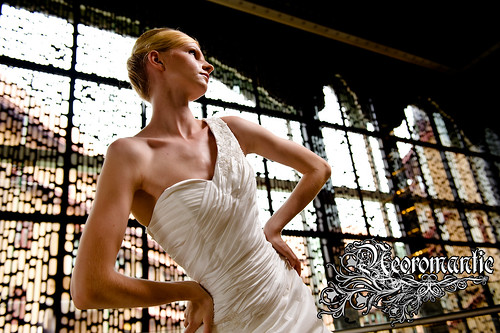
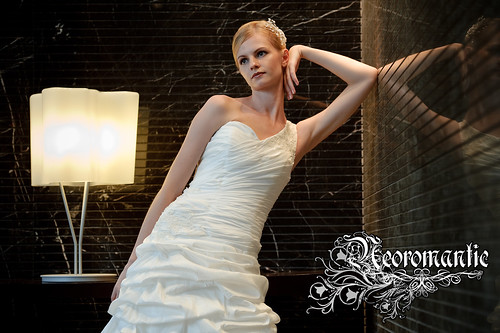

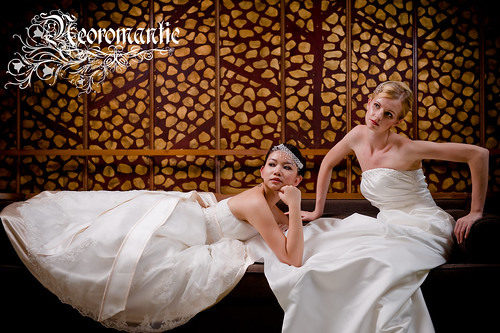

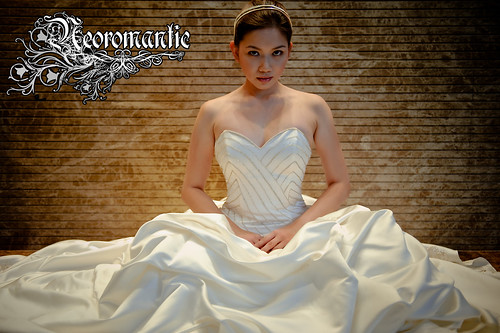
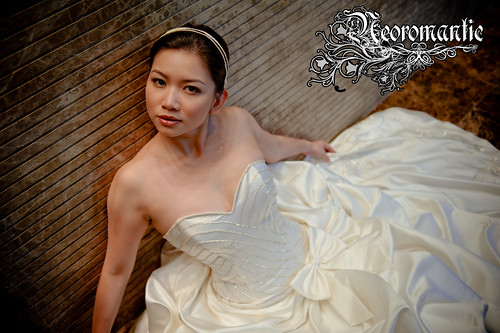
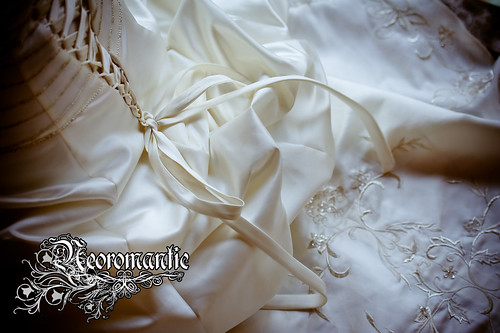



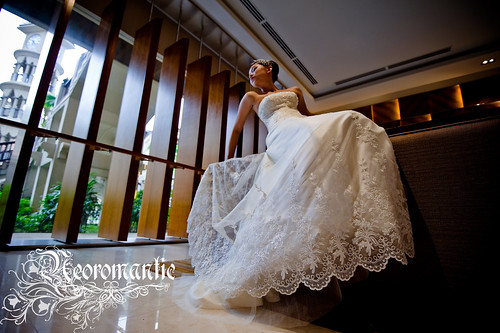




1 comments:
pricing and ordering?.
Post a Comment